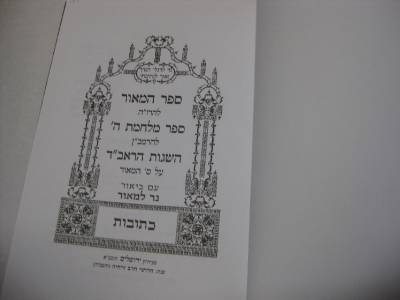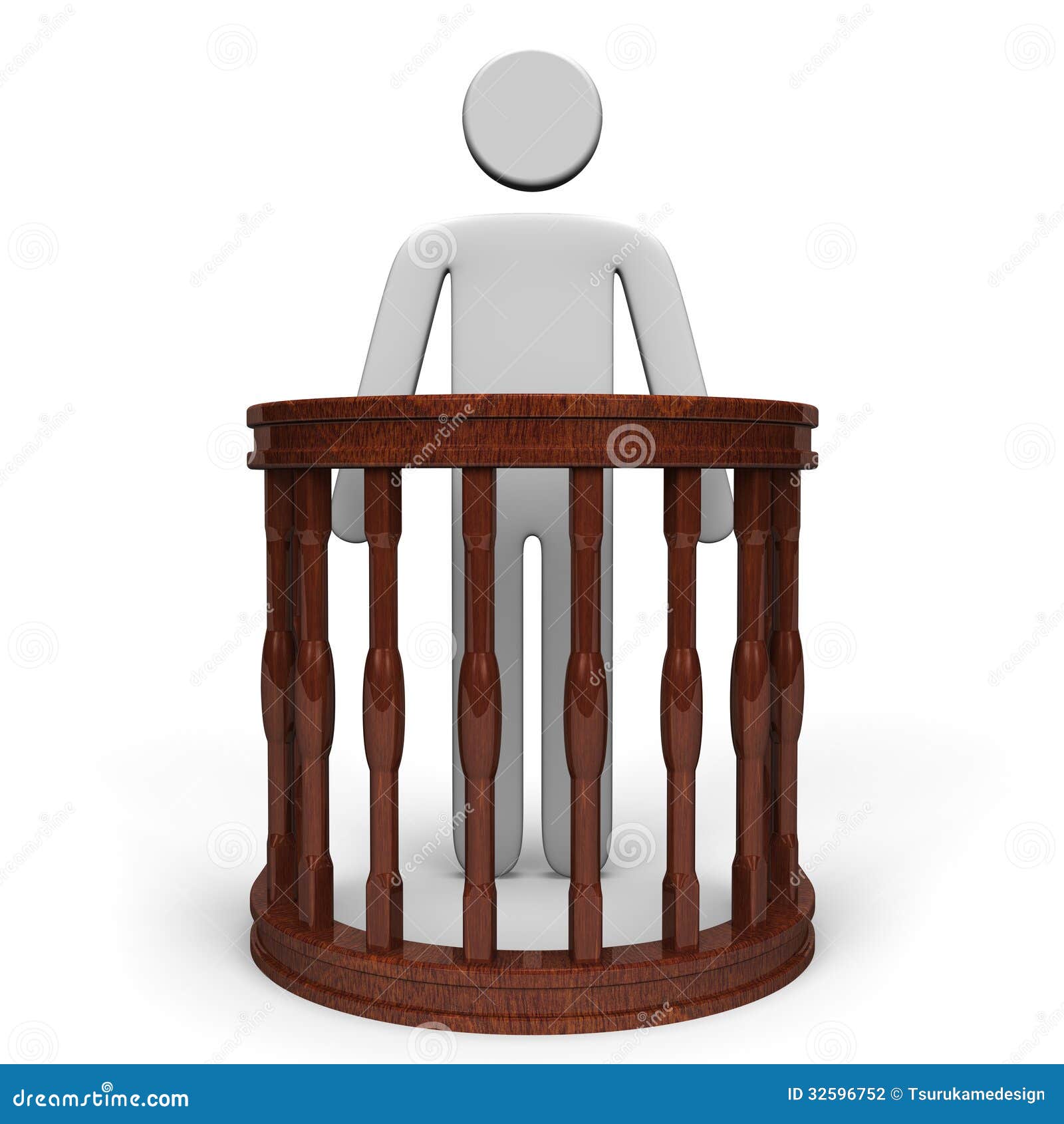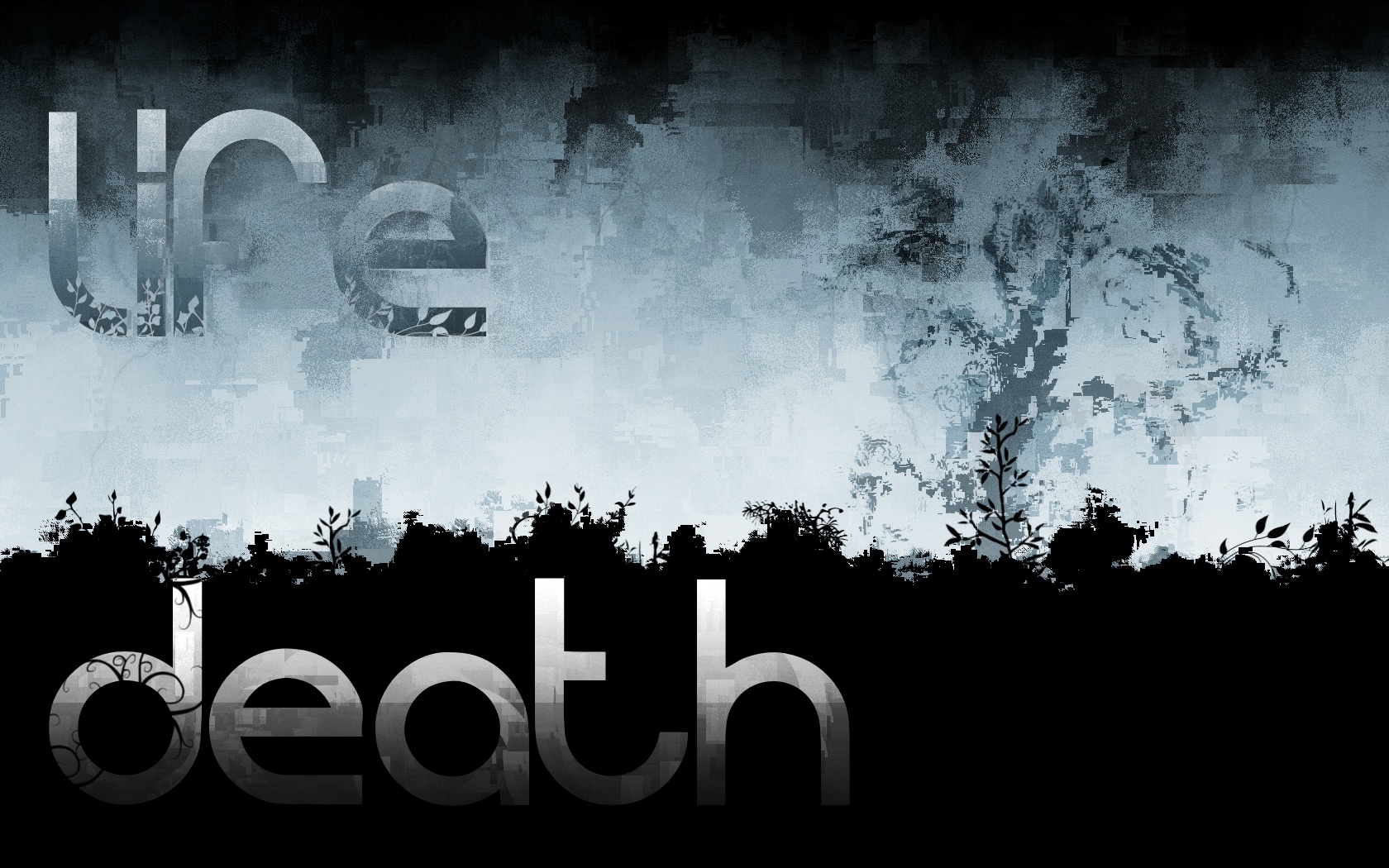Shiur 9/10/14
Makos 7a. (2)
1- The opinion of Rabbi Akiva and Rabbi Tarfon is that “were we present in the times of the Sanhedrin, we would have surely invalidated any sentence for execution”.
They would propose that ‘perhaps the murder victim was for all practical purposes already technically “dead” due to a wound (such as a hole in his throat)’. By bringing up this ‘possibility’ in Beis Din, a verdict to execute a murderer would never occur.
We mentioned the famous question by Rabbeinu Tam based on Meseches Chulin where there is a discussion as to the source that ‘the Torah instructs to rule based on “majority”’.

Obviously the simple source is the fact that the Torah states that in a case of different opinions within the Sanhedrin it needs to follow the majority of votes.
But the Gemara is looking for a source on “statistical majority”, e.g. “most cars are purchased to drive and not for scrap”.
Many suggestions of proof are offered. One is a case similar to Rabbi Akiva’s and Rabbi Tarfon’s reasoning to invalidate all capital punishments.
Namely – how can the Torah state that a murderer is to be put to death when there is a (slight) chance that his victim was about to die anyway due to a hole in his throat? One must conclude that the Torah is of the opinion that we must follow statistics and can assume (even if it leads to putting someone to death) that most people do not have holes in their throats!
Therefore asks Rabbeinu Tam, how could this suggestion (that perhaps the victim was a treifa prior to being killed) invalidate the verdict?
See Tosfos for his answer.
2- The Gemara in Chulin continues that perhaps we can perform an autopsy to determine if indeed the victim was healthy prior to his murder. The Gemara asks that autopsies are prohibited and replies that to perform a needless autopsy is indeed prohibited but this may save the alleged murderer’s life!
Saving a life outweighs everything.

We discussed the 18th century story where doctors performed an autopsy on a Jewish patient to determine the cause of his death. Despite the specific Halachik prohibition on autopsies, this particular Rabbi allowed it basing himself on this Gemara- that ‘savings lives’ (pikuach nefesh)  overrules everything- even autopsies.
overrules everything- even autopsies.
He then wrote to the famous Rabbi of Prague, Reb Yechezkel Landau asking his opinion. The response in the letter penned by Reb Yechezkel and published in his famous magnum opus “Noda BiYehuda”, is the basis for all the resulting discussions to date pertaining to autopsies.
He writes that, true, even a ‘sofek’ pikuach nefesh stands above all (but 3 Mitzvos) and if there was indeed a ‘patient right in front of us’ that would benefit from this particular autopsy then not only would it be permitted – it would me mandatory to go ahead and do it.
The problem, Reb Yechezkel writes, is that there was/is no ‘patient right in front of us’. Autopsies for the study of science are not considered a ‘sofek’ pikuach nefesh.
We spoke about the situation today where one can travel across the globe within hours.

Are all sick people technically a ‘patient right in front of us’?
Should autopsies to be permitted today?
There is a lot more to this.
Stay healthy. Say Lechaim.

3- We spoke about Reb Yakov Weil, known as the Mahariv. He writes about a tragic case of a person that sent his messengers on an errand and unfortunately the messenger was killed on the way. The sender asked Reb Yaakov if he needs to go to ‘golus’. Surely it does not mean “orei miklot’ which do not exist today. The question was about going into ‘golus’ as a penitence/teshuva – kapora.

His opinion was that the sender does indeed need kapora and he should go to ‘golus’.

This is brought down in the Mogen Avrohom end of Laws of Rosh Hashanah, http://beta.hebrewbooks.org/tursa.aspx?a=oc_x2965
Many others argue on his ruling, including the ‘original’ Tzemach Tzedek. (Not the 3rd Rebbe.)
Who is the original and who is the latter Tzemach Tzedek?
In English http://en.wikipedia.org/wiki/Menachem_Mendel_Krochmal
His name was also Reb Menachem Mendel. Family name was Krochmal. He named his Sefer Tzemach Tzedek since the numerical value of his name is the same as Tzemach Tzedek.
In Halocho seforim he is referred to as “the old Tzemach Tzedek”. As opposed to the Rebbe the Tzemach Tzedek who is referred to as the “new Tzemach Tzedek”.









/1393552014330.png)











 Testimony cannot be retracted.
Testimony cannot be retracted. g- If we assume that their testimony takes effect immediately (they can reverse within three second- which they didn’t) then we can accept their testimony because the disqualification (due to the Chilul Shabbos) came after the fact.
g- If we assume that their testimony takes effect immediately (they can reverse within three second- which they didn’t) then we can accept their testimony because the disqualification (due to the Chilul Shabbos) came after the fact.

 See the Rambam
See the Rambam



